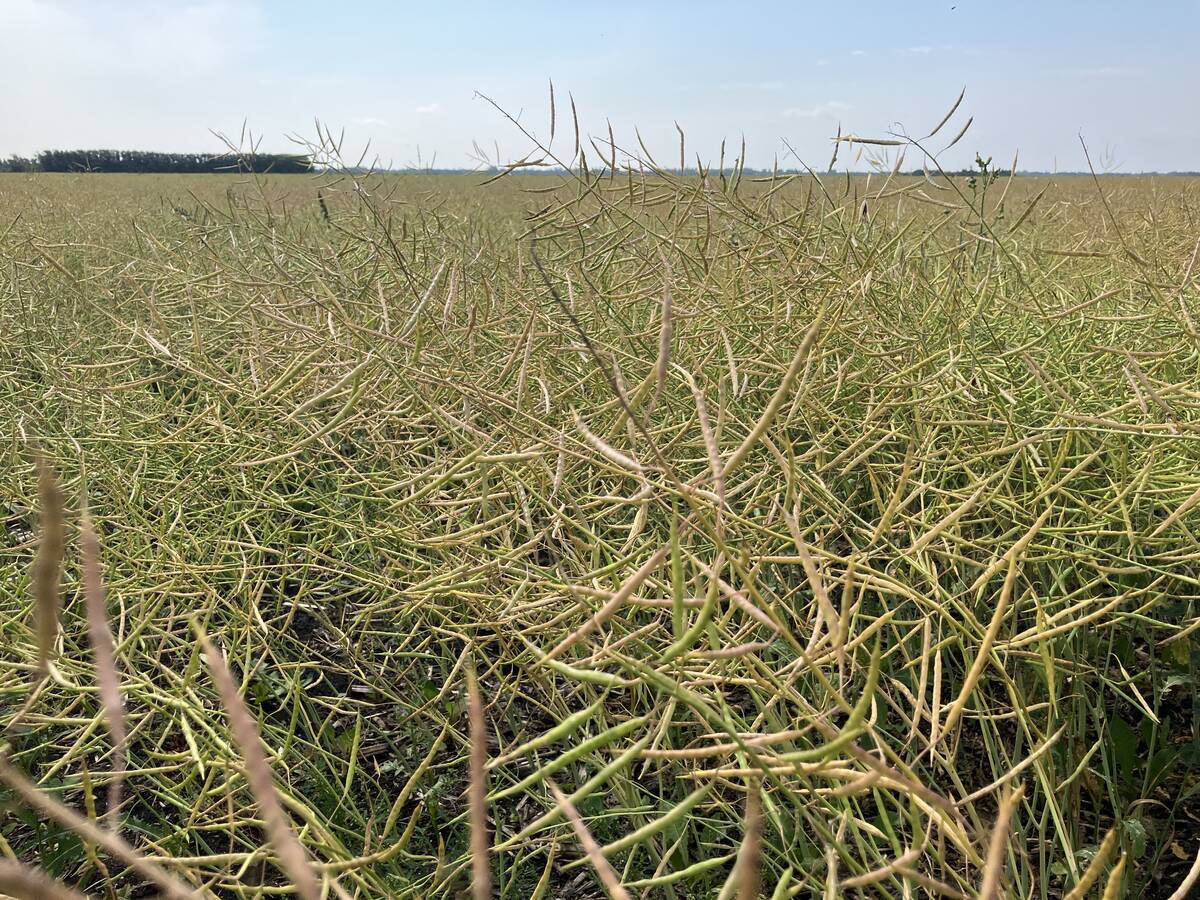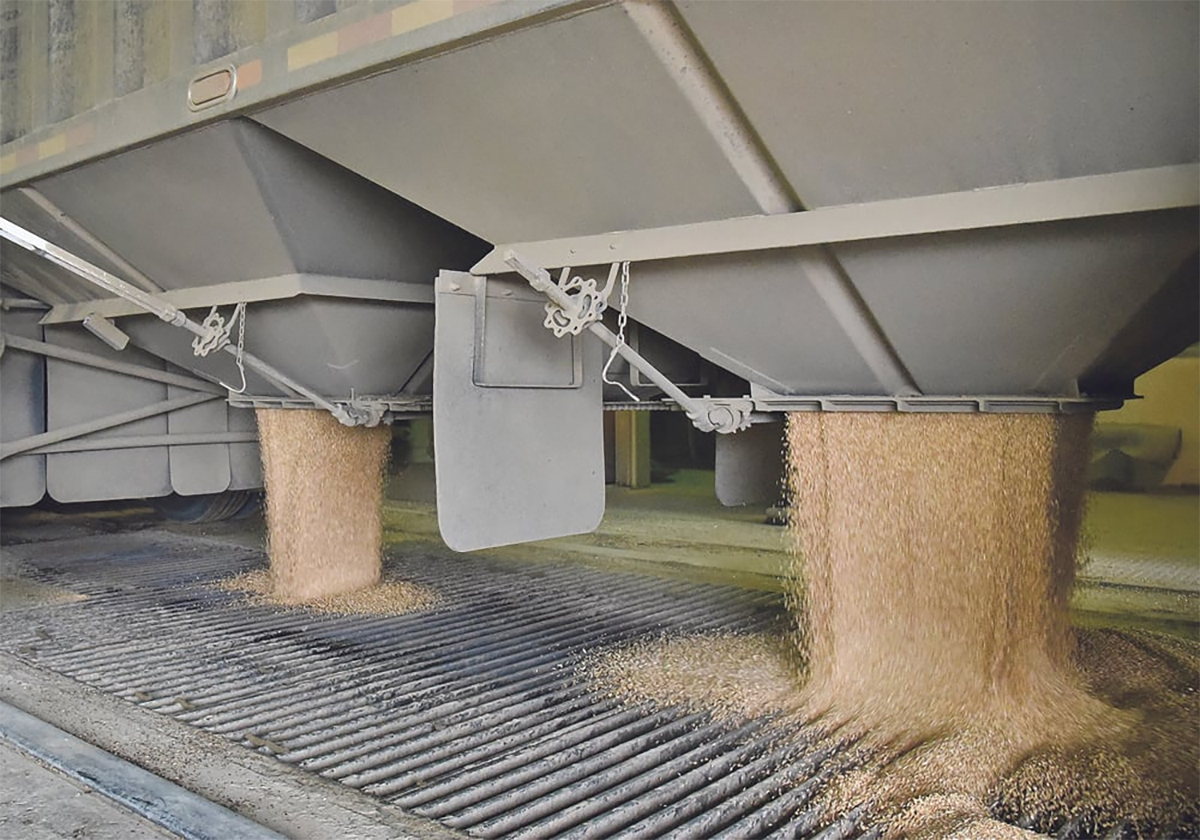REGINA — Grain farmers should be sure they understand commercial delivery declarations before they sign them.
While grain handlers have required farmers sign these for a while, they now often come together with the eligibility declaration required by the Canadian Grain Commission.
Lawyers from the Winnipeg law firm D’Arcy & Deacon said producers can ask for these to be separate and that they should be sure to understand what the commercial declarations require.
Read Also

Bigger harvests increase Chinese market’s importance
As official estimates show an ample and price-depressing supply of grain and oilseeds being harvested in North America, it is imperative to restore access to China’s market.
The grain commission’s statutory declaration came into effect in 2020 after the U.S.-Mexico-Canada Agreement (USMCA) was implemented. It requires producers to sign annual variety declarations.
At the time, the commission authorized grain companies to use a combined declaration, in which one signature would be accepted for both types.
However, some farmers are concerned there could be liability issues after the grain has left their control and questioned certain aspects of the declarations.
During a webinar, lawyer Donn Pirie said variety declarations date back to about 2006, when the former Canadian Wheat Board used them for exports. The Canadian Grain Act was amended in 2020 to make them mandatory and comply with USMCA requirements.
“The stated purpose behind the eligibility declaration at the time was to be the protection of the Canadian grain quality assurance system and allow for the oversight of grain delivered into Canada from the United States,” Pirie said.
The statutory declaration is fairly straightforward, but the commercial declarations can be more complex.
They often require that crops have been treated only with active ingredients registered for use in Canada.
John C. Stewart said they can also set out which products can’t be used.
One example listed glufosinate ammonium, chlormequat, fluopryam and sethoxydim, along with their trade names.
He said the concern producers would have looking at this declaration is that they have stored grain that has been treated with these products and can’t deliver it under this contract because it applies to all deliveries.
There are legal implications of the combined declarations.
Pirie said grain companies can seek different types of damages if a producer delivers grain contrary to the terms or can’t comply with the terms.
“If you can’t deliver that declaration at the time of delivery, the grain company is entitled to say you have not met your contractual requirements,” he said.
Pirie said companies have a duty to mitigate their damages; they can’t just allow the damages clock to run.
Stewart said if producers can’t deliver, they must immediately notify the grain company in writing so the company can begin taking those steps.
He said combined declarations are becoming increasingly common, and terms that go beyond the grain commission’s prescribed declaration are still legally binding.
That’s why he said producers should pay more attention to what they are signing.
“In a perfect world, all of us at the start of the crop year would sit down with the grain company, sign our CGC declaration, which we’re going to have to sign anyway, and then sign the specific commercial declarations in lock step with whatever contract we happen to be signing with that company,” he said.
Producers can be rushed if they haven’t yet signed but are already waiting in a line of trucks to deliver.
All licensed facilities should have the statutory declaration available, and producers should be familiar enough with it to be able to recognize it in a joint declaration.
The lawyers said producers should not sign something that is unclear.
Pirie added the contracts are for significant amounts of money.
“You don’t want to be signing something with a nagging doubt in the back of your mind,” he said.
Agricultural Producers Association of Saskatchewan president Bill Prybylski said his organization was among those that partnered with Alberta Grains to deliver the webinar.
He said concern about grain contracts began after the 2021 drought, when so many producers found themselves unable to fulfil contracts.
“They realized that the grain companies had all of their bases covered but there was really no protection for producers.”
He said producers want to get to a fair and equal contract, and while the issue of declarations is separate, producers are required to sign them, too. In examining those, farmers found the grain companies again had their bases covered.
“By signing those commercial declarations they’re basically passing the liability on to producers,” he said.
Producers have to sell their grain, so they must sign. He said the webinar reinforced the need to be aware that there are two different declarations and farmers can ask for them to be separate.
“We need to be aware of what we’re signing,” he said.
“There are some liabilities in those contracts.”
Prybylski said he was unaware of anyone who had been found violating the declaration.
Stewart and Pirie reminded producers that the terms in commercial declarations will be set with specific customers and end users in mind, and negotiation will be limited.
Contracts should be negotiated before the declaration is presented for signature.
Stewart said a common producer complaint is that the grain truck is probed and the sample examined and graded without the producer being present.
“It’s incumbent on producers to keep samples of what it is that they’re delivering,” he said.
The better job a producer can do of keeping evidence handy, the more successful they can be in a dispute.


















